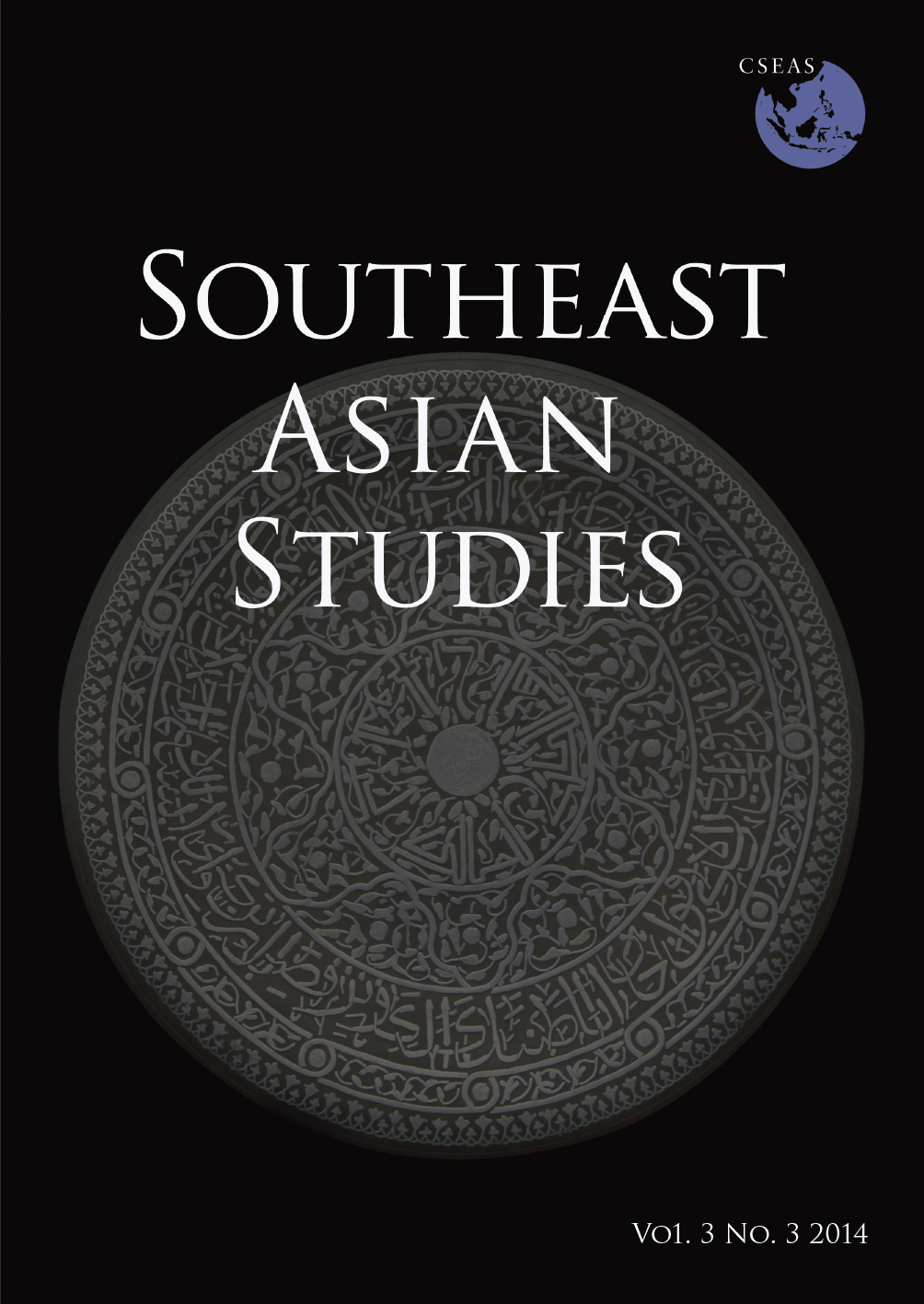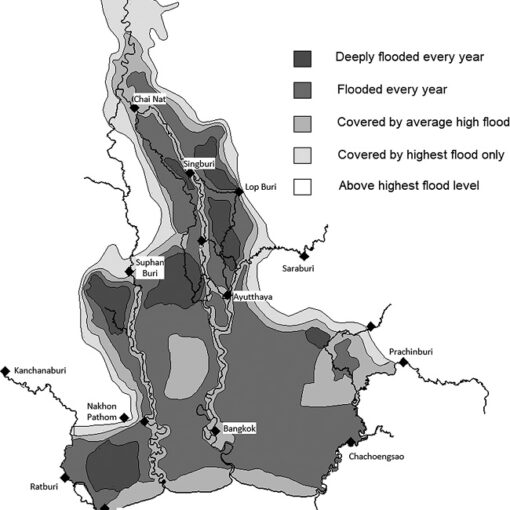Tropical Products Out, British Cotton In: Trade in the Dutch Outer Islands Ports, 1846–69
Atsushi Ota*
* 太田 淳, Graduate School of Letters, Hiroshima University, 1-2-3 Kagamiyama, Higashi-Hiroshima 739-8522, Japan
Abstract
This paper discusses the trade structure in the Dutch Outer Islands ports, in which the Dutch checked the volume and value of traded items in order to levy customs duty and created trade statistics in the Indonesian Archipelago outside Java and Madura. Although these ports do not include those in independent ports such as those in Aceh and Bali, the statistics contain precious information on the entire imports and exports of each port. Analyzing this set of statistics, this paper argues that the Dutch Outer Islands ports continued to export China-bound (partly Southeast Asia-bound) tropical products, such as pepper, forest products, and other kinds of local products, as well as colonial products such as coffee. On the other hand, these ports imported increasing amounts of British cotton goods after the Anglo-Dutch tariff arrangement in the 1840s. In this way the existing China-oriented trade and the new colonial trade, linked to Western capitalism, interacted and combined with each other. This transborder network beyond the Dutch sphere of influence was a source of the strength that the regions around these ports maintained, in the form of a steady development of trade.
Keywords:
trade structure, Dutch Outer Islands, China-oriented trade, non-colonial products
Southeast Asian Studies, Vol. 2, No. 3, December 2013, pp. 499–526
©Center for Southeast Asian Studies, Kyoto University




